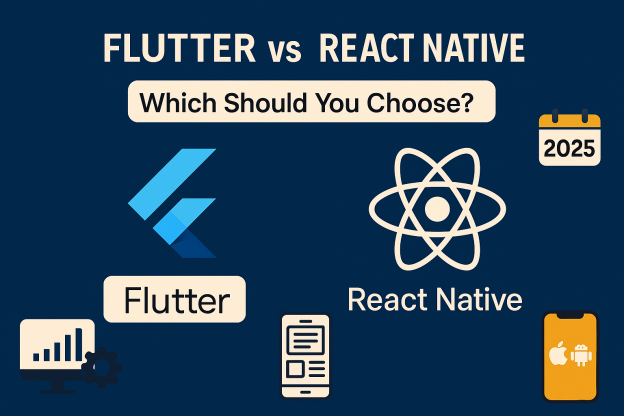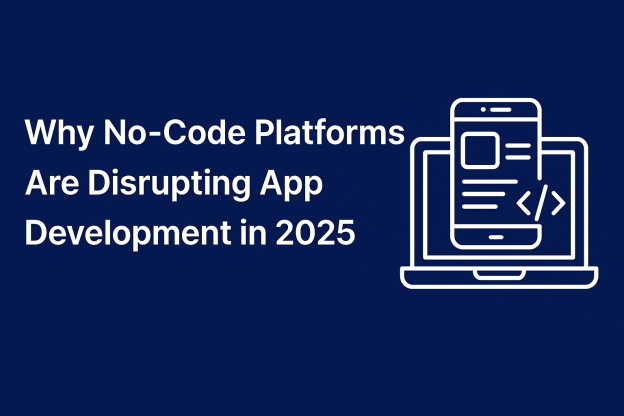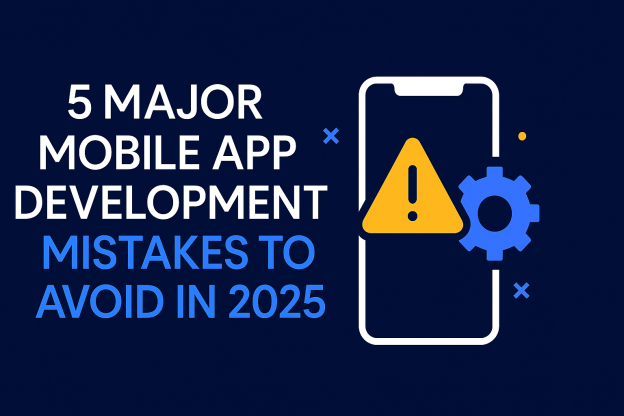Advanced And Best Guide To Mobile App Development Architecture

Every business is adopting new ways to stand out from its competition. No matter what the business is, everybody wants to go online. Business houses are adopting mobile applications to enhance the output of their business. As per reports, it is expected that mobile app revenue will reach around $80 billion in the coming years.
If we are to define the mobile app architecture then it is defined as a set of parameters and techniques which are required to be followed to build a fully structured mobile application. These techniques and patterns are formulated keeping vendor requirements and industry standards in mind.
The Various Elements of Apps Architecture
Normally, a mobile application can be structured in different layers including business, user experience, and data layers.
Building the App Structure
While building better app architecture is vital for any business, not every app development company can do it. So, you need to be very straightforward while hiring a company for app development. Here are a few considerations you need to check at the time of building mobile app architecture.
1. Determining the Device
Here you need to keep device types in your mind. It covers the screen size, CPU characteristics, resolution (DPI), storage space and memory, and development tool environment availability. The features in the application might have special requirements from hardware or software and that’s the reason you need to have everything about the app that will support the best building app architecture.
2. Considering Bandwidth
There are times when the internet availability is next to nothing and while building the app architecture you need to be aware of the worst network scenarios. You need to design your caching, data access mechanism, and state management considering times of intermittent connectivity. Use bath communications and choose software and hardware based on it.
3. Defining User Interface
The user interface is really important from per user perspective. If you have creativity do not show it all at the very stage. Keep your user Interface as simple as possible. It has been noticed that a muddled UI becomes a major reason behind a mobile application’s failure.
4. Navigation Methods
This one again comes on the design front. However, it requires expertise in both the front and back end. There are numerous ways to navigate through app features, it is important for you to analyze which one’s good for your mobile applications. The list includes Single View, Stacked Navigation Bar, Tab Controller, Scroll Views, Search Driven, Model Controller, and Gesture-Based. Understand your customers and the app requirement and choose the navigation method as it directly impacts your user experience.
Bringing a Consistent Flow to the Architecture
App architecture designing is a process that has to be executed in a defined flow. The flow basically includes three different layers.
1. Presentation Layer
This layer comprises UI components and UI Process Components (Views & Controllers). Being at this layer, the team has to define the way the mobile app will present itself in front of the end users. On this layer deciding the features and their location is the primarily focused. However, simultaneously, the team also decides on other aspects like the theme font size, etc.
2. Business Layer
As the name suggests, the layer focuses on the business front. In Simple language it focuses on the way business will be presented in front of the end users. While the service layer focuses on defining a common set of application functions that will be available to clients and end users, the domain model layer represents expertise and knowledge linked to the specific problem domain. The entire plan is formulated in a way to explores and enhances the future of the application.
3. Data Layer
At this time you need to keep data-related factors in mind. This includes Data access components, data helpers/utilities, and service agents. Always keep in mind that the three components sit under the two subheads, precisely, the persistence layer and network layer.
What’s Next?
Once the three layers are looked after thoroughly, it’s time for the fourth participant, cross-cutting. After successfully working on all these, you can expect the completion of better mobile app architecture.
How to Choose the Right Architecture for your Mobile App?
The right mobile architecture also depends on the type of your target audience. In case, your target audience consists of both Android and iOS, then you must look for native app development. However, if you need to cater to audiences of OS like Blackberry or windows then you can opt for cross-platform development which could turn out to be cost-effective.
There would be a compromise on usability. This option could be to go for the web as well as native development. These two can complement each other and help you in a better engagement of both customers as well as employees.
VerveLogic can be your one-stop solution for mobile app development and web development because we have a team of experts and market experience. You can get your app or website developed at the best price possible.
Also, if you are looking for branding solutions or online marketing for your brand then you should check out VerveBranding and Verve Online Marketing today and make your brand stand out.




